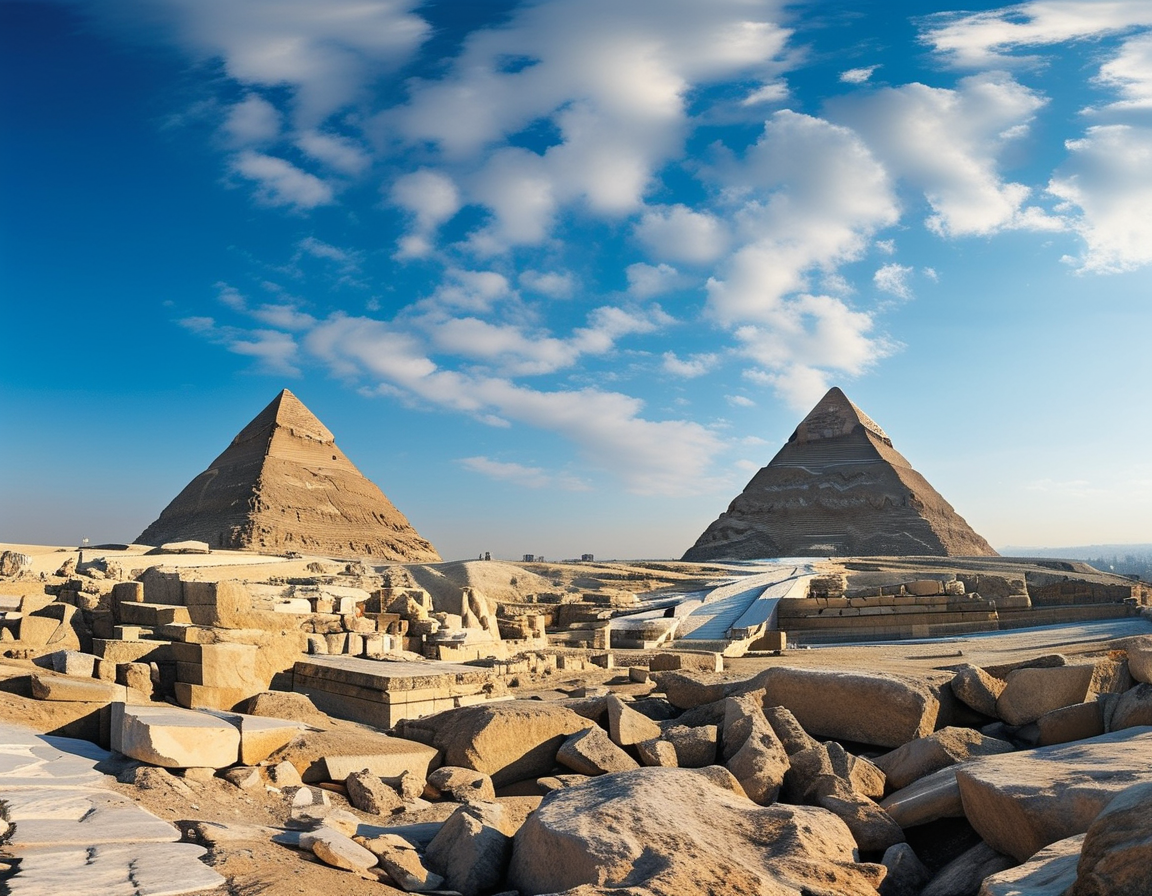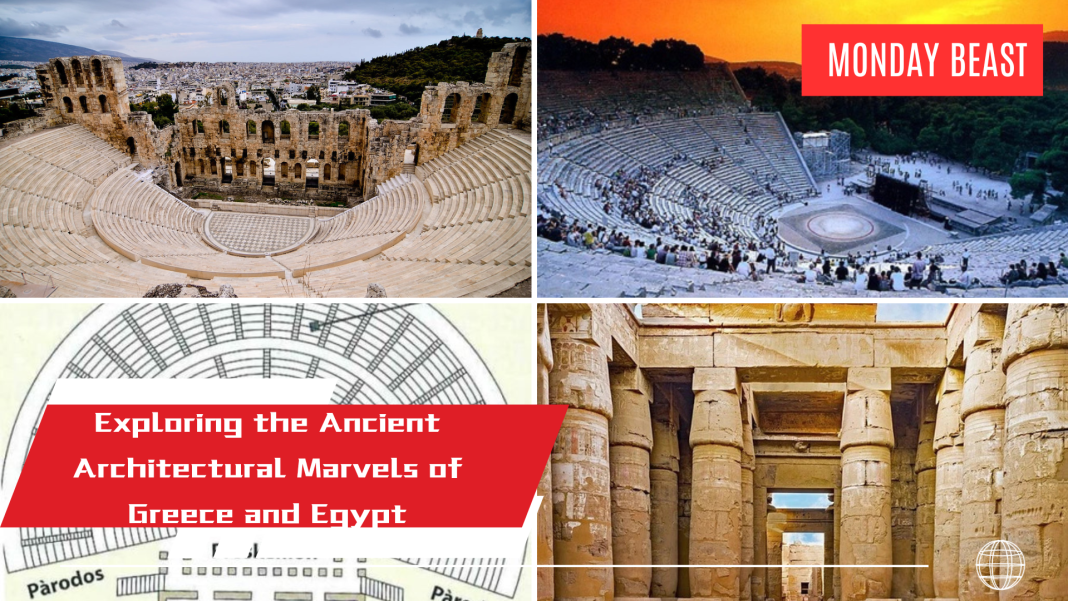Ancient Greek Architecture
When we think about ancient architecture, Greece often comes to mind first. The Parthenon on the Acropolis is perhaps the most famous relic. This majestic structure was built in the 5th century BC. It honors Athena, the goddess of wisdom. Standing there, one can almost hear the echo of ancient discussions on philosophy.
Its Doric columns rise in perfect proportions. Each column tells a story of precision. The stunning sculptures adorning its facade depict momentous events from Greek mythology. Isn’t it fascinating? How artistry and function blend seamlessly?

Next, we have the Temple of Zeus at Olympia. Considered one of the Seven Wonders of the Ancient World, this temple dedicated to Zeus fills one with awe. The colossal statue of Zeus, created by Phidias, was a sight to behold. Imagine walking amid such grandiosity, feeling the weight of history pressing down.
And let’s not forget the Theatre of Epidaurus. Known for its extraordinary acoustics, this ancient theatre could seat around 14,000 spectators. It was built in a semi-circular shape, ensuring that every sound could be heard clearly, even in the back. Can you picture the thrill of ancient theatre-goers, fully absorbed in a performance?
Ancient Egyptian Architecture
Turning our gaze to Egypt, we encounter the awe-inspiring Pyramids of Giza. Built as tombs for pharaohs, these structures are iconic. They were constructed with monumental precision around 2580-2560 BC. The Great Pyramid of Khufu initially stood at an impressive height of 146.6 meters. Isn’t it astonishing that such engineering prowess existed so long ago?

The vastness of these pyramids is matched only by their mystery. They were built using enormous stones. Each block fit snugly against the others. It’s almost unfathomable to think about the labor and planning involved.
Then there’s the Luxor Temple, built in the 14th century BC. This temple is a celebration of Egyptian mythology and eternity. Its towering columns and intricate carvings tell stories of gods and pharaohs. Have you ever stood in a place so historic that you felt enveloped by time?
Lastly, the Karnak Temple is a sprawling complex that demands attention. It was developed over several centuries. With its massive columns and intricate hieroglyphics, it’s a testament to the dedication of countless hands. The Hypostyle Hall, with over a hundred soaring columns, transports visitors to an unparalleled realm of beauty.
Conclusion

Both ancient Greece and Egypt have left legacies in architecture that continue to capture our imagination. The Parthenon and the Pyramids stand not just as structures but as testaments to human creativity and perseverance. Every column, every sculpture whispers stories of bygone eras.
These edifices are not simply relics. They are precious pieces of human history. They invite us to explore and reflect on our own cultures and innovations. Preserving this heritage is vital. It helps us understand who we are. What legacies will our generations leave behind?
The architectural wonders of Greece and Egypt urge us to ponder our role in nurturing culture today. What stories will future generations tell of us, and how will they honor our contributions to civilization?




